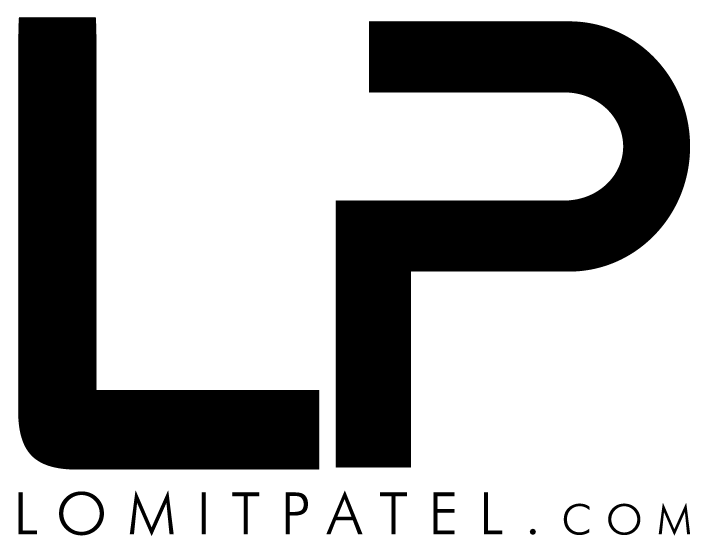Startup founders, investors, and marketing leaders all grapple with building a thriving venture. Supply chain planning, while often overlooked, plays a crucial role. In today’s complex global marketplace, it’s a necessity for any business aiming for scalable success.
This raises a key question: what’s involved and why is it so important? Effective supply chain planning involves balancing customer demand with resources.
It touches everything from raw materials to finished goods, impacting everyone from suppliers to end consumers. It is also an important part of business planning, including integrated business planning, and utilizes specific planning processes.
Table of Contents:
- What is Supply Chain Planning?
- Crafting a Robust Supply Chain Planning System
- Supply Chain Planning: Real-World Examples
- Supply Chain Planning: Utilizing Software Solutions
- Conclusion
What is Supply Chain Planning?
Supply chain planning coordinates all aspects of production and logistics to meet predicted demand. It’s like a conductor, harmonizing every area of your product’s journey. It involves forecasting demand, managing inventory and production, and also leveraging effective S&OP.
Supply chain planning builds in agility. It includes backup plans for disruptions. Efficient supply chain management cuts costs, minimizes disruptions, and optimizes inventory, impacting the business’s supply chain performance positively. Sound inventory management affects business planning by enabling better allocation of resources.
Why Supply Chain Planning Matters
A business’s goal isn’t just shipping; it’s efficiency, and supply chain planning helps achieve it.
Benefits include cost savings (reduced waste and inventory management), happier customers (predictable deliveries), and increased profits. Optimizing spend analysis in the planning processes ensures proper budgeting for the whole supply chain, affecting other business planning stages and the business’s financial planning solution.
Key Components of Supply Chain Planning
Supply chain planning involves five stages, covering the product’s journey to customers. Each component, focusing on customer demand and the optimization of supply chain strategies, aims to align goals with available resources.
- Product Planning: Decide which products are worthwhile and focus production efforts on these products, so that customers have easy access to them. Product planning decisions are important as part of planning integrated business planning to forecast resource needs and inform the lifecycle management process.
- Demand Planning: Predict demand to forecast shipments, prevent excess stock. Accurate demand forecasting in this stage requires good demand data and planning integrated business planning considerations, all within the framework of a sound business planning approach.
- Supply Planning: Ensure adequate resources exist to meet predicted demand. Effective supply planning considers several factors like logistics management and current inventory levels to determine whether the chain plan is sustainable, and thus feeds into overall planning processes and integrated business planning initiatives. This impacts other aspects of planning solution employed by the business.
- Production Planning: Detail how materials move through each stage and expected timelines to minimize wasted time. The production planning phase feeds data back to the overall supply chain planning solution and also forms a key part of risk management by helping in case study preparation and allowing businesses to fine-tune operational efficiency requirements planning, which then impact business planning and integrated business planning.
- Sales and Operations Planning (S&OP): Use projections and resource allocation plans to set goals supporting sales and overall financial projections. This planning solution ties together all other aspects of chain planning and allows businesses to assess resource allocation and lifecycle management effectiveness. Its results can help businesses fine-tune their financial planning processes, thereby optimizing supply chain planning solutions and enabling businesses to center supply chain management within the larger, business planning framework.
Crafting a Robust Supply Chain Planning System
A good plan ensures proactive customer service by timely delivery. However, disruptions happen.
Supply chain planning demands flexibility: primary plans cover ideal conditions. Alternative vendors can help maintain production, but their logistics might introduce new challenges. Supply chain technologies such as planning software are helpful for implementing today’s supply chain strategies and help organizations prepare for alternate scenarios, hence facilitating operational efficiency requirements planning and also supporting the implementation of new chain technologies and improvements to today’s supply chains.
Four Steps to Supply Chain Planning Success
While specifics vary, robust supply chain planning includes these steps, focusing on customer demand and overall supply chain performance. Implementing these requires thoughtful integration into a planning solution for better operations planning.
- Establish Clear Goals: Set measurable results within a realistic timeframe. Adapting goals to updated priorities is better than abandoning them entirely.
- Assess and Improve: Analyze how factors and decisions affect customer satisfaction and business planning, including integrated business planning. These analyses must inform both the overall planning processes and the development of planning integrated business.
- Develop and Execute a Plan: Demand-driven replenishment leverages best practices, technology like AI/ML, to streamline today’s supply chain management. Today’s supply chain plan relies on a strong, up-to-date planning solution as its backbone and requires effective chain strategies for inventory management.
- Monitor, Measure, Adjust: Real-time data reveals logistics and warehouse management issues, enabling proactive adjustments and reducing disruptions. Using data proactively aligns goals with reality. Effective logistics management, supported by today’s supply chain control systems and control tower features available as part of any complete supply chain planning solution, keeps today’s supply chains agile and informed by integrating logistics management data with raw material inventory levels in the enterprise resource planning or ERP software.
Supply Chain Planning: Real-World Examples
Strong supply chain planning drives the success of many big names. Successful operations planning and raw materials inventory management using suitable planning technologies improve warehouse management.
| Company | Challenge | Solution | Outcome |
|---|---|---|---|
| TaylorMade Golf | Pandemic disruptions and demand spikes | Supply chain planning software smoothed workflows. This case studies well how enterprise resource planning solutions can be used as part of today’s supply chains. | Met increased demand despite low inventory |
| Santa Cruz Nutritionals | Outdated planning, overwhelmed by orders | Cloud-based solution improved visibility. The company also benefited by aligning goals through efficient enterprise resource planning | Automated orders, balanced resources |
| Zebra Technologies | Siloed systems | Unified cloud system, improving the business planning processes | $2M freight cost savings |
These examples show that supply chain planning, when part of operational efficiency requirements planning, boosts success and demonstrates the role of chain planning processes in driving operational efficiency. Optimization of supply chain operations contributes to success.
Supply Chain Planning: Utilizing Software Solutions
Strong supply chain planning depends on good software. The right software enhances transparency, predicts slowdowns, and suggests adaptations, improving demand forecasting. This ensures a more flexible business planning model, helping organizations adopt optimized resource planning for chain control and maintain optimized supply chain performance. Effective supply chain management, part of overall planning technology available today, enhances planning technology to help today’s supply chain planners focus on core tasks while automating processes using technology such as demand-driven replenishment.
Software helps optimize supply chain performance. While it lets founders maximize cost-effectiveness and meet consumer demand via optimized logistics management, real-world supply chain operations mean adapting plans. Modern tools for supply planning and optimization improve both the planning solution and supply planning for the entire enterprise resource planning or ERP, ultimately optimizing supply chain strategies, and today’s supply chain planning, thus helping today’s supply chain planners and businesses in implementing a more proactive risk management approach across today’s supply chains and supply chain operations.
Orkla Food coordinates resources and logistics across its supply network, highlighting the positive effect of effective supply chain planning processes on business planning and improving supply chain planning solutions by enabling real-time data flow across the chain operations. The right chain planning technology enhances the supply chain planning process. Orkla’s planning solution enhances supply chain performance while allowing for better alignment with changing market dynamics and supporting overall business planning.
Conclusion
Supply chain planning, supported by tools like Blue Yonder Training, is critical for business success, enabling proper lifecycle management of materials and optimizing spend analysis. Integrating supply chain planning with company goals ensures product availability, customer loyalty, and healthy profits, enabling sustainability and helping companies fulfill promises. Well-structured supply chain planning processes positively influence integrated business planning and improve optimization of today’s supply chains and demand-driven replenishment.
Subscribe to my LEAN 360 newsletter to learn more about startup insights.





